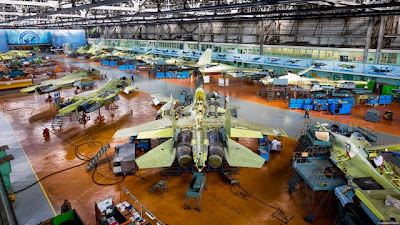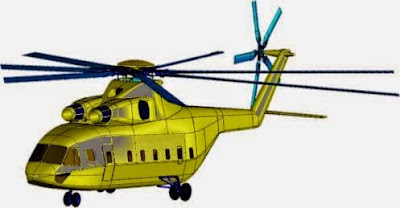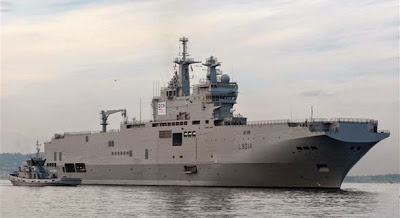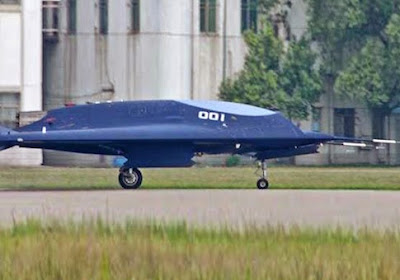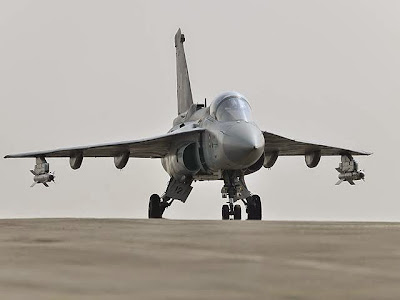Bob Corker, the chair of the Senate Foreign Relations Committee criticized China for violating its nuclear cooperation agreement with the United States during a hearing held to discuss the signing of a new agreement with China according to US news website the Washington Free Beacon on May 13.
A bilateral nuclear cooperation agreement was signed between the United States and China in 1985. Because the agreement is expected to expire by the end of this year, the Obama administration plans to make a new deal known as 123 agreement with China based on the Atomic Energy Act. It will help regulate the sharing of nuclear technology. During the hearing held on May 12 on the new agreement, Corker said that China is in violation of the current agreement as it provided a US nuclear reactor to Pakistan.
The 1985 agreement was held up for 13 years to allow the US to negotiate measures to prevent China from sharing nuclear technology with Iran and North Korea. Eventually, it was approved in 1998 by then president Bill Clinton. "We have a country like China that is not honoring the spirit of the law," said Corker. "They're not honoring previous agreements with the nuclear group. We know they're going to take this information and use it for military purposes. We know that, even though the agreement says they won't do it."
He asked two officials from the Obama Administration about whether nuclear cooperation will be suspended if Chinese violations are confirmed. Senator Robert Menendez expressed his concern over China's buildup of nuclear submarines. The senator said that China probably possesses reactor cooling pumps produced by the Curtiss-Wright Corporation, an American company that makes the pumps for US nuclear-powered submarines to upgrade the design of its own submarines.
A bilateral nuclear cooperation agreement was signed between the United States and China in 1985. Because the agreement is expected to expire by the end of this year, the Obama administration plans to make a new deal known as 123 agreement with China based on the Atomic Energy Act. It will help regulate the sharing of nuclear technology. During the hearing held on May 12 on the new agreement, Corker said that China is in violation of the current agreement as it provided a US nuclear reactor to Pakistan.
The 1985 agreement was held up for 13 years to allow the US to negotiate measures to prevent China from sharing nuclear technology with Iran and North Korea. Eventually, it was approved in 1998 by then president Bill Clinton. "We have a country like China that is not honoring the spirit of the law," said Corker. "They're not honoring previous agreements with the nuclear group. We know they're going to take this information and use it for military purposes. We know that, even though the agreement says they won't do it."
 |
| China's Type 094 Jin-class nuclear ballistic missile submarines |
He asked two officials from the Obama Administration about whether nuclear cooperation will be suspended if Chinese violations are confirmed. Senator Robert Menendez expressed his concern over China's buildup of nuclear submarines. The senator said that China probably possesses reactor cooling pumps produced by the Curtiss-Wright Corporation, an American company that makes the pumps for US nuclear-powered submarines to upgrade the design of its own submarines.



